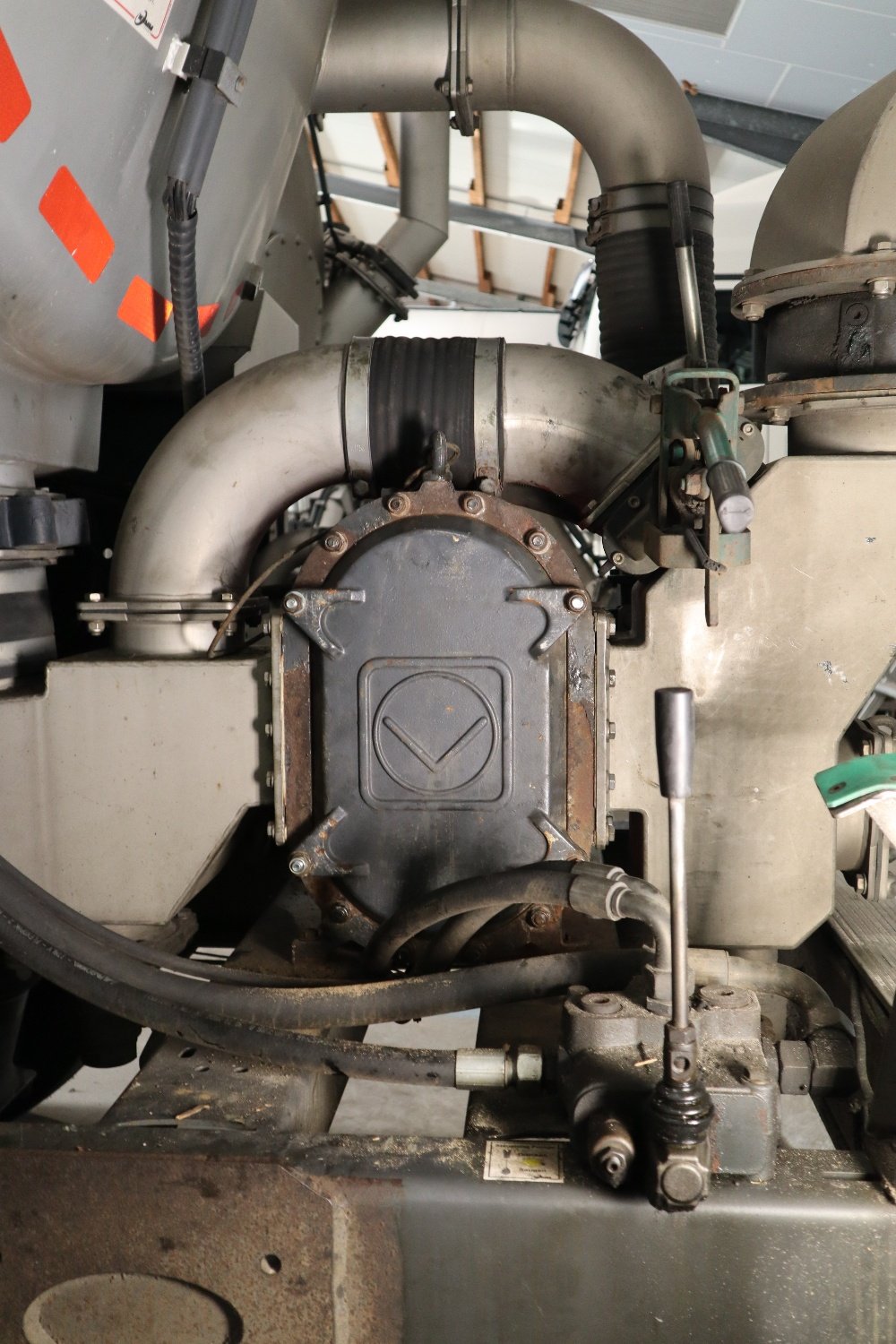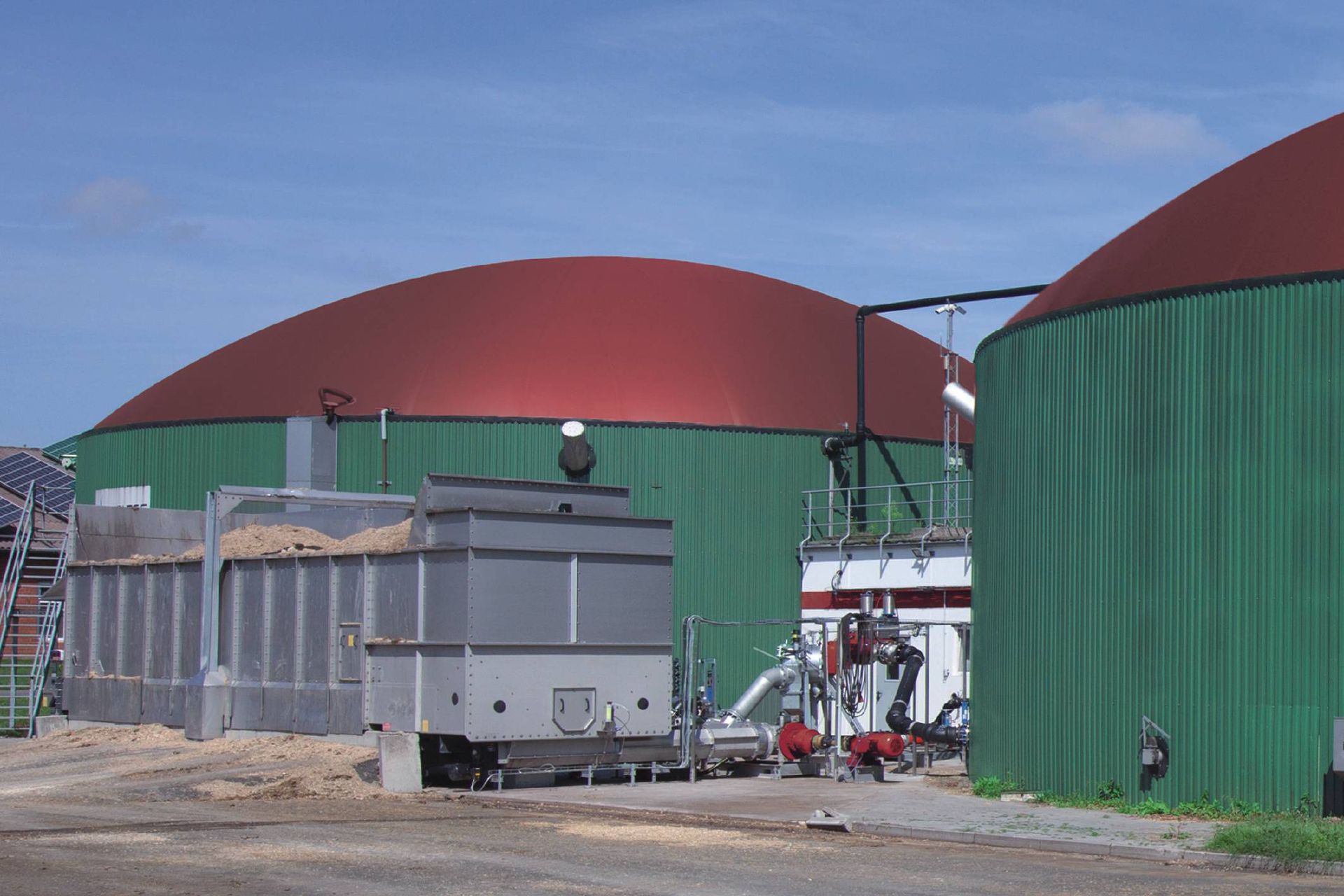Ready for the next slurry season: Pump maintenance tips

Maintenance Tips to Keep your Vogelsang VX Rotary Lobe Pump Running Smoothly
In agricultural settings—whether on tankers, self-propelled vehicles, or at slurry pits—pumping technology must perform reliably, handling not only slurry but also foreign materials like fibrous matter, stones, and claw blocks. To keep your equipment running smoothly throughout the slurry season, regular maintenance is key.

Let’s take the Vogelsang VX186-260Q rotary lobe pump as a case in point. Thanks to its QuickService design, maintenance can be performed efficiently without dismantling the entire unit. Simply removing the cover grants access to essential components such as the patented HiFlo pistons and axial wear plates.
Here’s a step-by-step guide to ensure your pump remains in top condition:
1. Drain the Pump
Begin by switching off the pump and releasing any pressure from buffer fluid tanks if applicable. Shut off the connected pipes, then open the drain cocks on the pump connector to fully drain the rotary lobe pump.
2. Open the Pump Cover
To perform maintenance tasks like replacing the rotary lobe and gaskets, remove the cover by loosening the four hexagon nuts. After removing the cover, also take out the O-ring. For a cleaner operation, don’t unscrew the cover completely. Loosen the lower nuts first, then the upper ones slightly, and pry the cover open from below using a wrench. This helps to drain the medium downward, minimising mess.

3. Replace the Rotary Lobe
Use rotary lobe pullers to remove the lobes. For simultaneous removal of both the upper and lower lobes, employ two pullers.

4. Remove and Clean the Rotary Lobe
Loosen the strain bolts and press off the pressure disc using piston pullers.

Hook the puller arms into the rotary lobe groove, retighten the hexagon head bolts, and tighten the pressure rod. Pull the lobes off the shafts evenly, inspecting them for damage and wear.


Tip: Place a cloth between the pistons when dismounting the strain bolts to prevent further rotation.

5. Replace Axial Wear Plates
After removing the pistons, take out two more bolts to remove the axial wear plate on the gearbox side. Both wear plates—the one on the cover and the one on the gearbox—protect the pump chamber from wear and should be replaced if worn.


6. Replace the Cartridge Mechanical Seal
Thoroughly clean the contact surface of the wear plates. Remove the fitting keys, shim, and O-ring from the pump shaft.
Unscrew the two grub screws from the cartridge support, insert the cartridge gasket removal tool, and tighten the cylinder head bolts alternately to pull out the cartridge gasket. Don’t forget to remove the last O-ring, as neglecting this can lead to leakage.


Tip: Clean contact surfaces before removing gaskets to reduce dirt entering the sealing chamber.
7. Reassemble Components
Grease a new large O-ring and place it in the bearing seal housing. Lubricate the O-ring on the cartridge mechanical seal and insert the cartridge sealing package back into the pump using the same tool used for removal.


Ensure the gasket is straight in the bearing seal housing and press it only as far as resistance allows to avoid slippage or incorrect installation. Slide the O-ring slightly raised over the fitting key recess to prevent damage.


Next, insert the wear plate with the correct orientation—refer to the sticker for guidance.

Install the pistons ensuring proper orientation with the Q-turn of the rotary lobes facing the cover.

Pull the new O-ring around the pressure disc and drizzle the shaft and thread of the strain bolt with oil. Now insert the pressure disc and new strain bolt. To do this, place a cloth between the pistons again. Observe the torques specified in the operating instructions. Then fit the cover including the wear plate and O-ring.

Tip: For EPDM O-rings, use glycol instead of mineral oil or grease.
8. Test the Seal Chamber
Reattach the seal chamber container and pressurise it to approximately 2 bar using an air pump. If the pressure remains stable, close the pump by first releasing the pressure from the seal chamber container.
9. Fill the Seal Chamber
Fill the seal chamber with buffer fluid and top up the buffer fluid tank to a quarter full. If the gaskets are designed for a "dry seal chamber," this step isn’t necessary. Proper fluid levels help lubricate and cool the shaft seal, preventing dry running. Re-pressurise the seal chamber for optimal seal support.

10. Top up gear oil
Finish by refilling the gearbox with gear oil. Your pump is now ready to tackle demanding agricultural tasks efficiently.
Questions?
If you have any questions or need further assistance, feel free to reach out. At Vogelsang, we offer a comprehensive range of solutions for efficient slurry management, from conveying and disintegrating to precise, low-emission distribution and nutrient-efficient use.
Find out more:
Vogelsang agriculture technology

